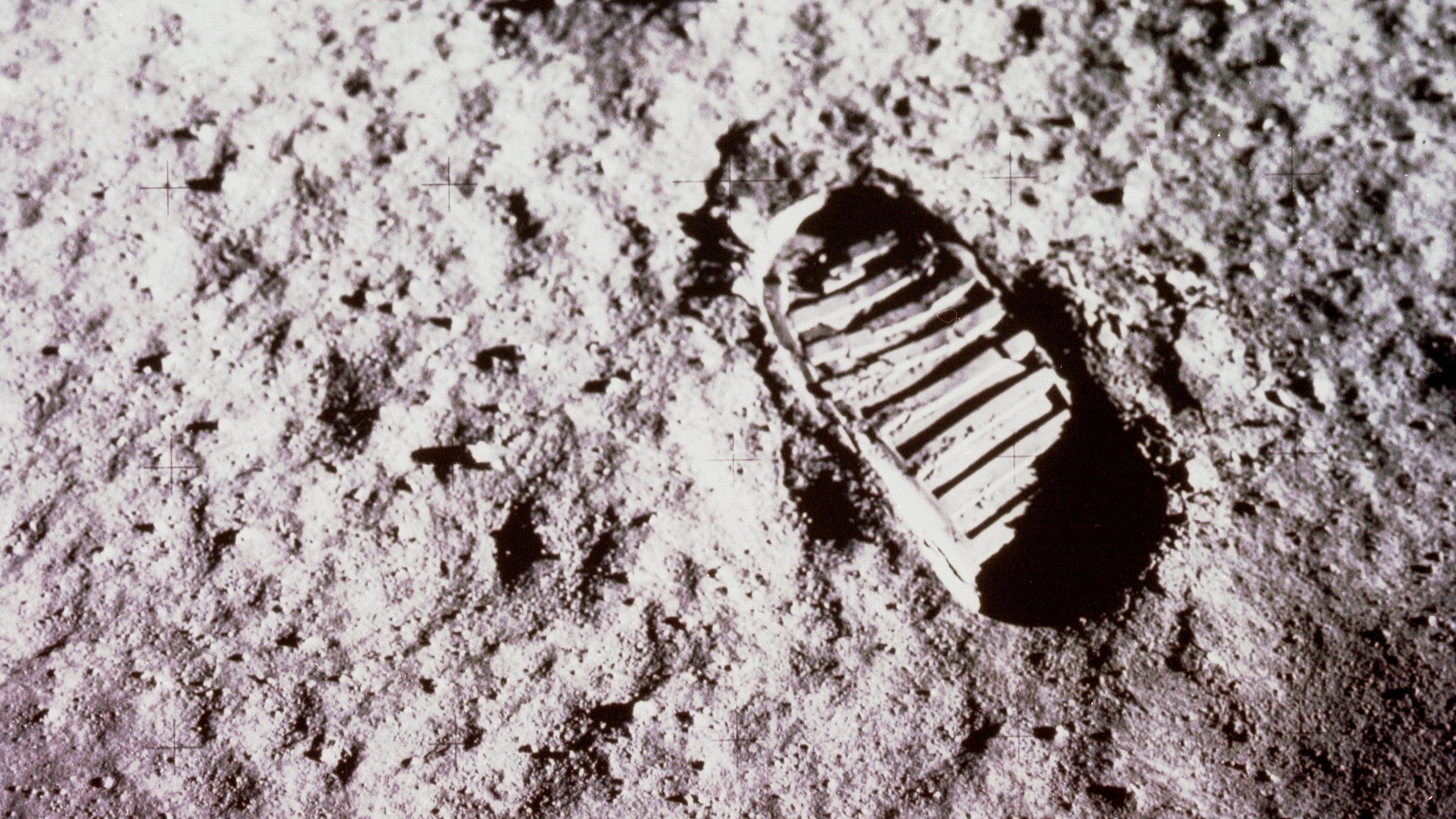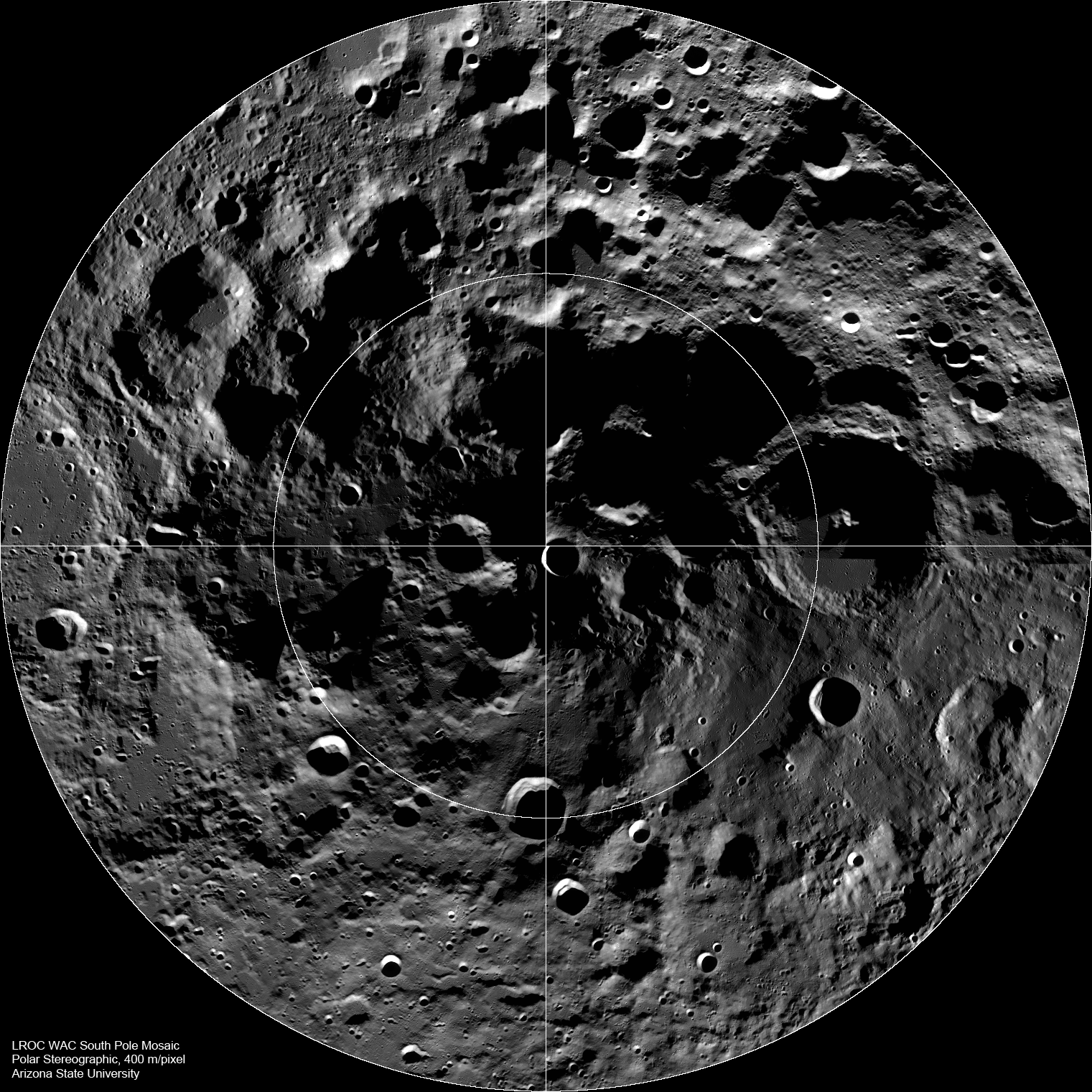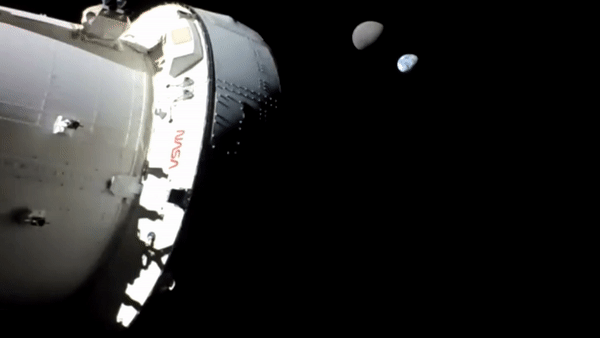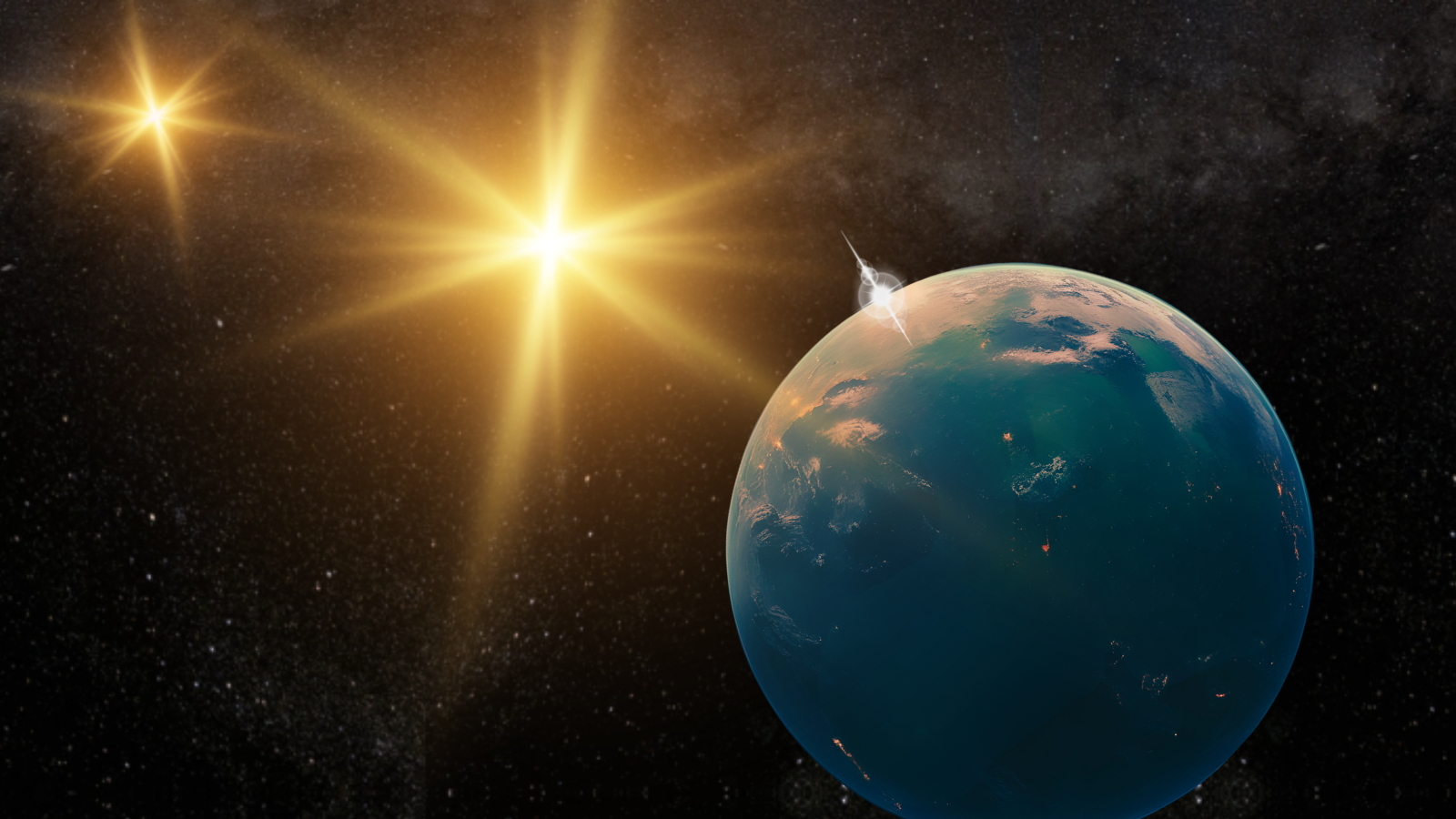Missions to the moon: Past, present and future

The moon is the closest major destination to Earth, so it's no surprise it's one of the most popular targets for space exploration missions.
NASA and numerous other countries have attempted to send missions to the moon, and even a few humans have made the journey.
The first generation of robotic moon explorers helped prepare for the Apollo moon landings, which sent a few American male astronauts to the surface between 1969 and 1972. Now NASA is leading a new consortium of international space agencies and companies for a new round of landings under the Artemis program. Meanwhile, numerous landers, rovers and other robotic explorers have sent back information about the moon.
Read more about notable moon missions below, and check out a full list of missions from The Planetary Society.
Related: Apollo landing sites: An observer's guide on how to spot them on the moon
Moon mission FAQs
How many missions to the moon have there been?
More than 140 missions launched to the moon. A small number of them had astronauts on board, but most of the missions were robotic orbiters, landers and rovers.
How many times have humans visited the moon?
Nine human missions were launched to the moon between 1968 and 1972, with some people flying on more than one mission. As for moonwalkers, 12 American male astronauts walked on the moon between 1968 and 1972.
NASA missions to the moon
Dozens of NASA missions have launched to the moon, but here are a few of the memorable ones:
Pioneer, Ranger, Surveyor, Lunar Orbiter missions
Breaking space news, the latest updates on rocket launches, skywatching events and more!
NASA's early moon explorers included several missions of the Pioneer, Ranger, Surveyor and Lunar Orbiter series. Given that they were quite early in space exploration, several of the mission attempts failed as engineers learned how to create spacecraft. Notable missions include Pioneer 4's lunar flyby in 1959, Ranger 7's deliberate impact on the moon in 1964, Surveyor 1's soft landing in 1966 and Lunar Orbiter's successful orbital insertion in 1966.
Apollo missions
NASA sent nine missions to the moon with humans on board between 1968 and 1972. Apollo 8 was the first to orbit the moon in December 1968. Apollo 10 did a simulated moon landing in May 1969, while Apollo 11 made the landing with Neil Armstrong and Buzz Aldrin on board in July 1969. Apollos 12 through 17 brought people to the moon between 1969 and 1972. All landed astronauts with the exception of Apollo 13, which suffered an explosion on the way in April 1970 and made a successful and safe abort back to Earth.
Lunar Reconnaissance Orbiter
NASA's Lunar Reconnaissance Orbiter (LRO) has been mapping the moon in high definition since 2009. It has a global map of the moon that is continually updated as new craters and missions arrive. LRO has helped find reservoirs of water ice and is now serving as a pathfinder for future moon-landing missions, including those of the Artemis program.
Artemis human missions
NASA is preparing to send humans back to the moon with the Artemis program. The uncrewed Artemis 1 circled the moon in December 2022 with three mannequins, a clutch of tree seeds and numerous experiments, payloads and CubeSats. Artemis 2 is expected to go around the moon with a crew of four people in November 2024 or so, including three NASA astronauts (Reid Wiseman, Christina Koch and Victor Glover) and a Canadian astronaut (Jeremy Hansen). Artemis 3 will attempt a landing at the moon's south pole in 2025 or 2026 aboard a SpaceX Starship, with future missions following to the surface and the planned Gateway space station. Both SpaceX and Blue Origin are eligible to deliver human landers for future missions.
Artemis 1 cubesats
Artemis 1 launched 10 Artemis 1 cubesats built by a variety of entities. These satellites were considered experimental payloads. A few of them failed or experienced issues along the way, but they served as good demonstrators for how to operate tiny spacecraft far from Earth.
Commercial Lunar Payload Services (CLPS) program
Several NASA-funded private missions received money under the Commercial Lunar Payload Services (CLPS) program that is aiming to bring rovers, landers and science experiments to the moon. CLPS will support the Artemis astronauts in their work on the surface.
Gateway and Capstone
NASA plans to launch a Gateway space station to the moon later in the 2020s using contributions from international partners that have signed on under the Artemis Accords. A cubesat mission known as Capstone is testing the unique orbit of Gateway ahead of time to ensure the path's stability. Should all go to plan, Gateway's orbit will see it swing close to the south pole to deliver astronauts and payloads, then far away on the opposite side.
Related: NASA's Gateway moon-orbiting space station explained in pictures
International missions to the moon
Many countries and companies have attempted moon missions over the last few decades. Here are a few of the memorable ones.
The Soviet Union
The Luna series made several flybys of the moon, starting in 1960. Zond 3, which flew by the moon's far side in 1965, and took photographs of a the largely unknown area. Zond 5 flew around the moon in 1968 with a "biological payload", including two small Steppe tortoises that survived the journey back to Earth. Luna 9 made the first soft touchdown on the lunar surface in 1966, while Luna 16 did the first robotic sample return in 1970. The first robotic lunar rover, Lunokhod 1, was deployed with Luna 17 in 1970; the successor Lunokhod 2 lasted even longer and drove 24 miles (39 kilometers) on the surface.
Other international moon missions
Japan launched its first mission (Clementine) in 1990, making it the third country to explore the moon. Other firsts included: Europe's SMART-1 in 2003, China's Chang'e-1 in 2007, India's Chandrayaan-1 in 2008, and Israel's Beresheet by private company Space IL that crashed upon landing in 2019. India's Chandrayaan-1 is also remembered for being the first mission to discover moon ice. China's Chang'e-3 delivered the Yutu rover to the near side of the moon in 2013, while Chang'e-4 and Yutu 2 together made the first lunar farside lander in 2019. (China wants to land humans on the moon independently at some point, too.) A private company from Japan, ispace, made an attempted moon landing in April 2023 that ended in an apparent crash.
DearMoon
Japanese billionaire and International Space Station tourist Yusaku Maezawa announced on Dec. 8, 2022, the eight artists (and two backups) he plans to take with him on a SpaceX Starship spacecraft to fly around the moon. A flight date has not yet been announced. The selected individuals include Tim Dodd, host and founder of the "Everyday Astronaut", a YouTube channel that covers space news.
Related: Artemis Accords: What are they & which countries are involved?
Expert Q&A

Bill Nelson is the 14th NASA administrator as of May 3, 2021, after decades of space advocacy in Congress. He chaired the space and science subcommittee in the U.S. House of Representatives for six years and the U.S. Senate for 12 years. He was also a ranking member of the full Senate Commerce, Science and Transportation Committee. Nelson flew to space as a payload specialist aboard the space shuttle Columbia on the STS-61-C mission in January 1986, under a temporary initiative to bring spacefaring politicians to orbit.
Why are we going back to the moon?
We're going to live and learn and develop new technologies because we're eventually going to Mars. The goal was set by President Barack Obama. He gave a date, 2033, but it's more likely now that we'll see that landing on Mars late in the decade of the 2030s.
What makes Artemis different from Apollo?
This is the next step in that exploration, so this time we go with our international partners. Indeed, our international partners are many and you see on Artemis 1, for example, the European service module supporting operations on the Orion spacecraft.
Why is international cooperation on the moon important?
The Artemis Accords are setting the standards for how we're going to conduct ourselves in space. We do so at a difficult time on the face of the Earth and in Ukraine, where the aggressive Russian president Vladimir Putin has a war going on there. And yet, on the space station with our Russian partners, the professional relationship doesn't miss a beat.
This Q&A is based on a press conference with NASA on Aug. 27, 2022. It has been edited and condensed.
Additional resources
Read about all the missions to the moon at the Planetary Society. A huge table of moon missions is also available at NASA.
Bibliography
Canadian Space Agency. (2023, April 3). The Artemis Program: Humanity's return to the Moon. https://www.asc-csa.gc.ca/eng/astronomy/moon-exploration/artemis-missions.asp
European Space Agency. (n.d.) Artemis I. https://www.esa.int/Science_Exploration/Human_and_Robotic_Exploration/Orion/Artemis_I
Lunar and Planetary Institute. (2023). Lunar Mission Summaries. https://www.lpi.usra.edu/lunar/missions/
NASA. (2023, April 18). Artemis Program. https://www.nasa.gov/artemisprogram
NASA. (2019, Feb. 1). The Apollo Missions. https://www.nasa.gov/mission_pages/apollo/missions/index.html
SpaceX. (2023). The Moon: Returning Humans to Lunar Missions. https://www.spacex.com/human-spaceflight/moon/

Elizabeth Howell (she/her), Ph.D., was a staff writer in the spaceflight channel between 2022 and 2024 specializing in Canadian space news. She was contributing writer for Space.com for 10 years from 2012 to 2024. Elizabeth's reporting includes multiple exclusives with the White House, leading world coverage about a lost-and-found space tomato on the International Space Station, witnessing five human spaceflight launches on two continents, flying parabolic, working inside a spacesuit, and participating in a simulated Mars mission. Her latest book, "Why Am I Taller?" (ECW Press, 2022) is co-written with astronaut Dave Williams.


